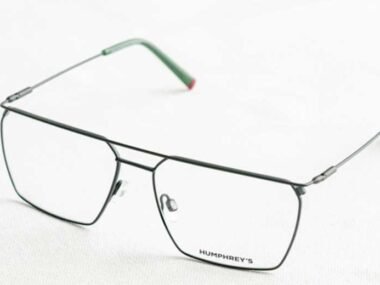The art of capturing stunning portraits requires attention to every detail, particularly hair tones. While many professionals use a gray hair color app to preview different shades, understanding the fundamentals of working with various hair colors remains essential for achieving exceptional results.
Hair color significantly influences the mood and message of fashion images. Silver strands create an air of sophistication and wisdom, while vibrant hues express boldness and creativity. Professionals must consider these psychological aspects when planning their shoots.
Here are several crucial considerations when working with different hair tones:
- Natural lighting conditions affect how silver and gray tones appear in images, requiring careful attention to exposure settings and white balance adjustments during morning or evening shoots.
- Makeup selection needs careful coordination with hair color – cool-toned cosmetics complement silver hair while warm makeup pairs beautifully with golden or copper-colored strands.
- Background selection plays a vital part in highlighting hair color – neutral backgrounds make silver tones pop while textured surfaces create interesting contrasts with vivid hair colors.
The RetouchMe team suggests experimenting with different lighting setups to enhance the natural beauty of various hair tones. This approach helps achieve authentic results without excessive post-processing.
Technical Aspects of Hair Tone Adjustment
Working with different hair colors requires understanding how light interacts with various pigments. Fashion photographers must master several technical elements:
Lighting setup considerations for different hair colors:
- Rim lighting creates stunning highlights on silver and platinum blonde hair, making it appear luminous and ethereal in portraits.
- Diffused lighting helps capture the subtle variations in naturally gray hair while preventing harsh reflections that can wash out delicate tones.
- Colored gels can enhance or neutralize specific hair tones, allowing for creative expression while maintaining natural-looking results.
These techniques require practice and experimentation to master. Understanding how different materials and surfaces reflect light helps create more compelling images.
Post-Production Enhancement
The final stage involves careful adjustments to enhance natural hair tones. This process requires attention to detail and understanding of color theory.
Essential post-production considerations include:
- Maintaining consistent hair color throughout multiple shots requires careful batch processing and individual attention to each image’s unique lighting conditions.
- Preserving natural hair texture while adjusting tones ensures the final images look authentic and professional rather than overly processed.
- Creating smooth transitions between different hair colors in the same series helps maintain visual continuity across an entire fashion collection.
Working with tools like RetouchMe simplifies this process while maintaining professional quality standards.
Balance remains crucial when adjusting hair tones. Too much manipulation can make images appear artificial, while subtle enhancements preserve natural beauty while achieving desired artistic effects.
Understanding client preferences helps determine appropriate enhancement levels. Some prefer subtle refinements that maintain natural appearance, while others seek bold, artistic interpretations.
Advanced Techniques and Industry Standards
Professional image creation demands mastery of advanced techniques beyond basic adjustments. Industry standards continue evolving, requiring constant skill development and adaptation. Advanced considerations for hair tone work:
- Creating dimensional effects through selective brightening and darkening requires understanding of hair structure and light interaction principles.
- Managing multiple hair colors within single frames demands precise masking techniques and careful attention to blend modes.
- Implementing creative color transitions while maintaining natural-looking results requires advanced knowledge of gradient mapping and selective color adjustments.
These advanced techniques enable creation of unique visual styles while maintaining professional quality standards. Success in this specialized field requires dedication to continuous learning and skill development.
Hair tone adjustments require consideration of skin tones and overall image composition. Creating harmony between these elements ensures visually appealing results that meet professional standards.
Professional results demand attention to detail during both capture and post-processing phases. Mastering these techniques enables creation of stunning fashion images that showcase both natural and artificial hair colors effectively.
The techniques discussed here provide a foundation for working with various hair tones. Regular practice and experimentation help develop expertise in this specialized area of fashion imagery.










